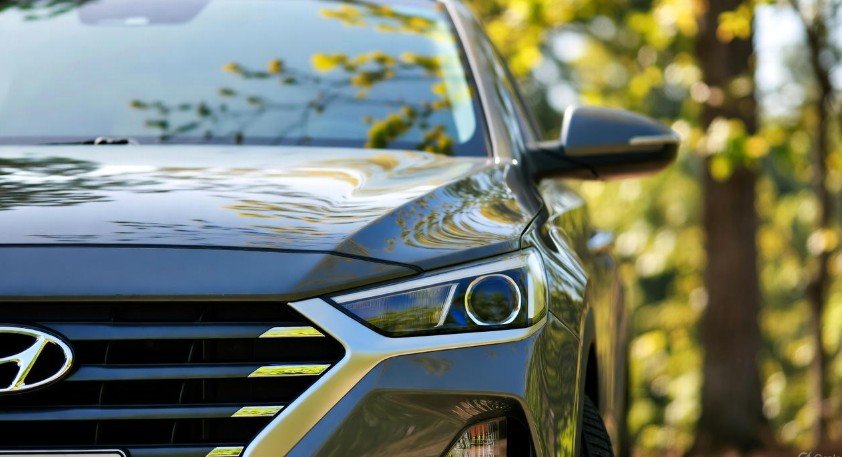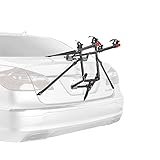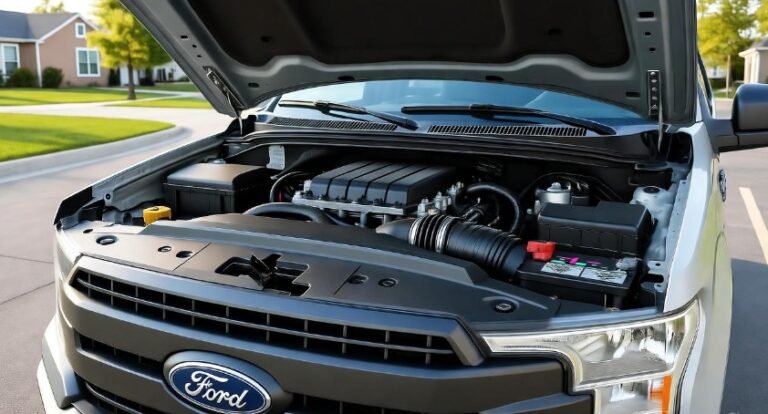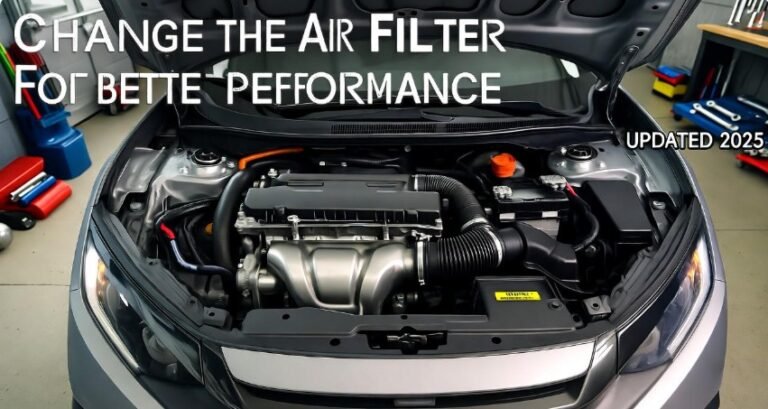Does Hyundai Warranty Transfer to New Owner: Everything You Need to Know

Imagine buying a pre-owned car that still feels brand new — not just because it runs well, but because it comes with the same peace of mind as a new vehicle. That’s exactly what happens when a Hyundai warranty transfers to a new owner. It’s like getting a safety net you didn’t have to pay extra for.
Hyundai has built a strong reputation for reliability and customer trust, and one of the main reasons behind that is its warranty coverage. Whether you’re selling your Hyundai or buying one second-hand, understanding how the Hyundai warranty transfer works can save you from unnecessary stress and unexpected repair bills.
In this guide, we’ll dive deep into every detail you need to know — from what’s covered under the Hyundai warranty to how you can transfer it smoothly to the next owner. And yes, we’ll also discuss those small but crucial things that can make or break your warranty claim later on.
Understanding Hyundai’s Legendary Warranty: What Makes It Stand Out?
Hyundai doesn’t just sell cars — it sells confidence. The brand’s warranty program has long been considered one of the best in the automotive world. When you buy a Hyundai, you don’t just drive away with a car; you take home an assurance of protection that goes far beyond the standard coverage most car brands offer.
Typically, Hyundai offers:
-
5-year/60,000-mile New Vehicle Limited Warranty
-
10-year/100,000-mile Powertrain Limited Warranty
-
7-year Anti-Perforation (Rust) Warranty
-
5-year Unlimited Miles Roadside Assistance
What makes this package so special is how comprehensive it is. From the engine and transmission to basic mechanical parts, Hyundai’s warranty aims to cover the majority of potential issues during the early years of ownership.
But here’s where things get even better: this coverage doesn’t just vanish when the car changes hands. The Hyundai warranty is transferable, meaning the new owner can continue to enjoy many of these benefits — though there are some conditions to understand first.
What Does Hyundai Warranty Transfer Actually Mean?
In simple terms, a Hyundai warranty transfer means that when you sell your vehicle, the remaining warranty benefits move to the next owner. This feature is a big win for both parties — the seller can use it as a selling point, and the buyer gains extra peace of mind.
Think of it like passing on a family heirloom — except this one comes with a safety guarantee. When a buyer knows that the Hyundai warranty transfers to the new owner, it instantly increases the vehicle’s resale value. For sellers, it shows transparency and confidence in the car’s reliability. For buyers, it’s proof that they’re not walking into hidden costs.
However, not every warranty transfers the same way. For example:
-
The 10-year/100,000-mile Powertrain Warranty is only available to the original owner. Once the vehicle is sold, it typically reduces to 5 years or 60,000 miles for the new owner.
-
Other warranties, such as the New Vehicle Limited Warranty and Anti-Perforation coverage, are usually fully transferable.
This balance between protection and practicality is what makes Hyundai’s warranty system both fair and competitive.
How Does Hyundai Warranty Transfer Work Step-by-Step?
Transferring your Hyundai warranty to a new owner is not complicated, but it does require attention to detail. Skipping a step or missing a document could cause delays or even disqualify the transfer.
Here’s how the process generally works:
-
Confirm Warranty Eligibility – Check your vehicle’s original warranty documents or contact a Hyundai dealership to confirm the remaining coverage.
-
Gather Required Documents – You’ll need:
-
The vehicle title or registration proving ownership transfer.
-
A bill of sale or purchase agreement.
-
A warranty transfer form (available through Hyundai or the dealership).
-
-
Contact Hyundai Customer Service or Dealership – Notify them about the ownership change and submit your documents.
-
Keep Proof of Transfer – Always keep copies of your submitted forms and confirmation from Hyundai for future reference.
The process may vary slightly depending on the dealership or region, but overall, it’s straightforward. Hyundai’s focus is on ensuring that the new owner receives the protection they’re entitled to — as long as the rules are followed properly.
Why Warranty Transfer Is a Win-Win for Both Sellers and Buyers
For sellers, transferring the warranty is like giving their car a polished badge of credibility. It can make a used Hyundai stand out among dozens of similar listings. Imagine two identical vehicles for sale — one comes with a transferable Hyundai warranty, and the other doesn’t. Which would you choose? The answer is obvious.
For buyers, this warranty means financial security. They can rest easy knowing that major repairs may still be covered under the original Hyundai protection. This reduces ownership anxiety — especially for those buying used cars for the first time.
Here’s how both sides benefit:
| Party | Benefits of Warranty Transfer |
|---|---|
| Seller | Higher resale value, faster sale, better buyer trust |
| Buyer | Continued warranty protection, lower repair costs, peace of mind |
In essence, Hyundai’s warranty transfer policy helps maintain the car’s value and keeps both parties satisfied — a rare balance in the used car world.
Things to Know Before You Transfer a Hyundai Warranty
Before diving into the transfer process, there are a few important facts every Hyundai owner should keep in mind. These small details can have a big impact on whether your warranty remains valid after the transfer.
-
Regular Maintenance Matters:
Hyundai requires proper maintenance records to keep the warranty valid. Missing service intervals or failing to use authorized parts could lead to warranty denial for the new owner. -
Time and Mileage Limits:
The warranty’s original start date doesn’t reset with a new owner. If the warranty was for 5 years or 60,000 miles, and the car is already 3 years old, the new owner only gets the remaining 2 years or 20,000 miles. -
Powertrain Limitation:
The 10-year/100,000-mile Powertrain Warranty is non-transferable — it applies only to the original owner. When transferred, it usually converts to the 5-year/60,000-mile warranty for subsequent owners. -
Authorized Dealership Servicing:
To ensure smooth warranty claims, always recommend the new owner service the car at authorized Hyundai service centers. This keeps the records official and hassle-free.
By knowing these conditions beforehand, you can avoid misunderstandings and ensure that the Hyundai warranty transfer process goes smoothly.
Common Misconceptions About Hyundai Warranty Transfer
There’s a lot of confusion surrounding warranty transfers, especially for brands that have long coverage terms like Hyundai. Let’s clear up a few myths:
-
Myth 1: “The warranty restarts when a new owner buys the car.”
Not true. The warranty continues from the original purchase date — not from when the car changes hands. -
Myth 2: “The entire 10-year warranty transfers automatically.”
Only parts of the warranty do. The powertrain coverage shortens once the car is sold. -
Myth 3: “No paperwork is needed.”
While some dealerships handle it for you, it’s always safer to complete and submit your own warranty transfer form for official records.
Understanding these details ensures there are no surprises later — because nobody likes finding out that their “covered” repair isn’t actually covered.
Why Hyundai’s Transferable Warranty Boosts Used Car Market Confidence
Buying a used car can feel risky, especially if you’ve ever heard horror stories of hidden issues surfacing just weeks after purchase. But when a Hyundai warranty transfers to the new owner, that fear melts away.
This policy adds a layer of trust to the used car market. It signals to buyers that Hyundai stands behind its vehicles, even after they change hands. That confidence helps dealerships, private sellers, and even online marketplaces attract serious buyers.
From a buyer’s point of view, the transferable warranty often becomes the deciding factor between choosing a Hyundai over another brand. It’s not just about saving money — it’s about buying assurance.
For instance, a buyer comparing a 3-year-old Hyundai Elantra and a similar-age sedan from another brand will often choose the Hyundai simply because the remaining warranty coverage reduces financial risk. That’s how powerful this feature is.
Tips for Buyers: How to Make the Most of a Transferred Hyundai Warranty
If you’re a buyer, knowing that the Hyundai warranty transfers to the new owner is just the beginning. The real benefit comes when you understand how to use it effectively. First, always confirm the remaining coverage with Hyundai directly or through an authorized dealership. This step ensures you know the exact limits for mileage, years, and parts covered.
Next, request the car’s full service history. Hyundai’s warranty often requires regular maintenance at authorized service centers. Missing records could affect coverage for certain repairs. Think of it like inheriting a house — you get the keys, but only if the previous owner followed the maintenance schedule.
Finally, understand which components are still covered. While most repairs are protected under the New Vehicle Limited Warranty, the powertrain coverage is more limited for new owners. Knowing these specifics helps you plan for future maintenance and prevents any unpleasant surprises.
Steps for Sellers: Ensuring a Smooth Warranty Transfer
Selling a Hyundai isn’t just about handing over the keys; it’s also about transferring peace of mind. If the warranty transfer is handled properly, it can significantly increase your car’s resale value.
-
Gather all necessary documentation: This includes the original purchase receipt, the vehicle title, and any maintenance records.
-
Submit a warranty transfer form: Contact Hyundai or your local dealership to process the transfer. Keep a copy for your records.
-
Communicate clearly with the buyer: Explain which aspects of the warranty are still active, such as the New Vehicle Limited Warranty and any remaining roadside assistance coverage.
-
Recommend authorized service centers: Remind the new owner to continue servicing the vehicle at Hyundai-authorized locations to maintain warranty validity.
Following these steps ensures the transfer is seamless and that both parties fully benefit from the remaining warranty coverage.
Understanding the Limitations of Transferred Hyundai Warranties
While Hyundai’s transferable warranty is generous, it’s not unlimited. Buyers should be aware of certain restrictions:
-
Time and mileage limits: The warranty does not reset for a new owner. Coverage is based on the original start date.
-
Powertrain coverage: Only the first owner enjoys the full 10-year/100,000-mile benefit. Subsequent owners usually receive a 5-year/60,000-mile powertrain coverage.
-
Maintenance requirements: Regular servicing at authorized dealerships is mandatory to avoid voiding coverage.
-
Excluded damages: Certain issues, such as accidents, neglect, or modifications, are not covered.
By understanding these limitations, buyers can avoid unrealistic expectations and plan appropriately for long-term ownership.
The Added Value of Hyundai Warranty Transfer
A transferable Hyundai warranty does more than cover repairs — it adds tangible and intangible value. Financially, it reduces potential out-of-pocket costs for repairs. Emotionally, it provides confidence that the car is still protected despite changing hands.
For sellers, it acts as a unique selling point that differentiates their Hyundai from competitors. A car with transferable warranty coverage typically sells faster and at a higher price than a similar vehicle without it. For buyers, it represents trust and reliability — key factors when investing in a used vehicle.
In many ways, this warranty transfer policy embodies Hyundai’s philosophy: building vehicles that last while protecting the people who drive them.
FAQs About Hyundai Warranty Transfer
1. Does Hyundai warranty automatically transfer to a new owner?
Yes, most warranties transfer, but some, like the 10-year/100,000-mile powertrain warranty, may be limited for subsequent owners.
2. How long does the warranty transfer process take?
Typically, it can take 1-2 weeks once all documentation is submitted to Hyundai or an authorized dealership.
3. What documents are needed for a warranty transfer?
You’ll need the vehicle title, purchase agreement, and a warranty transfer application. Maintenance records may also be required.
4. Can a Hyundai extended warranty transfer to a new owner?
Yes, extended warranties are generally transferable, but it depends on the specific terms of the plan.
5. Are all Hyundai models eligible for warranty transfer?
Most Hyundai vehicles are eligible, but it’s best to check with Hyundai customer service for exceptions.
6. Does transferring the warranty affect existing claims?
No. Any existing claims under the warranty are honored even after the transfer.
7. Will the mileage reset for the new owner?
No. The warranty coverage continues based on the original purchase date and accumulated mileage.
8. Is roadside assistance included after a warranty transfer?
Yes, but it may have limitations based on the original coverage period.
Real-Life Example: How a Warranty Transfer Made a Difference
Consider a scenario where Jane bought a 3-year-old Hyundai Sonata from a private seller. She was hesitant because she had heard horror stories about expensive repairs in used cars. The seller informed her that the Hyundai warranty transfers to the new owner, and Jane verified the remaining coverage with the dealership.
Within her first year of ownership, Jane experienced a minor engine issue. Because the warranty was transferred correctly, the repair cost was fully covered. Jane’s confidence in her car remained high, and she felt relieved knowing she hadn’t inherited unexpected costs. This simple transfer saved her hundreds, if not thousands, of dollars.
Conclusion: Why Hyundai Warranty Transfer Is a Game-Changer
The Hyundai warranty transfer to new owner policy is more than just a perk — it’s a strategic advantage for both buyers and sellers. It ensures peace of mind, protects finances, and strengthens trust in the brand.
For sellers, a transferable warranty can make your Hyundai stand out in a crowded used car market. For buyers, it provides reassurance that the vehicle remains protected against major repairs, even after ownership changes.
Remember: always follow proper transfer procedures, maintain service records, and understand the limitations. By doing so, both parties can enjoy the full benefits of Hyundai’s warranty program.
With this knowledge, you’re not just buying a car — you’re investing in confidence, reliability, and long-term peace of mind.





